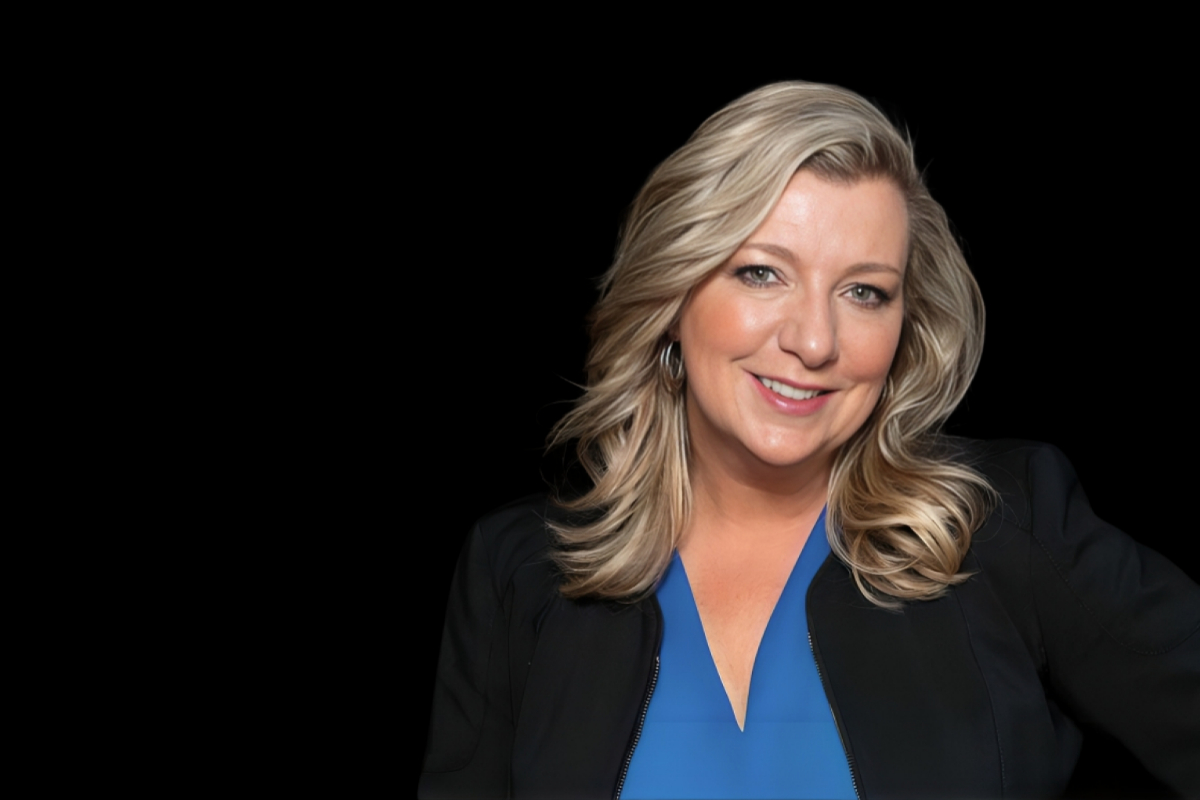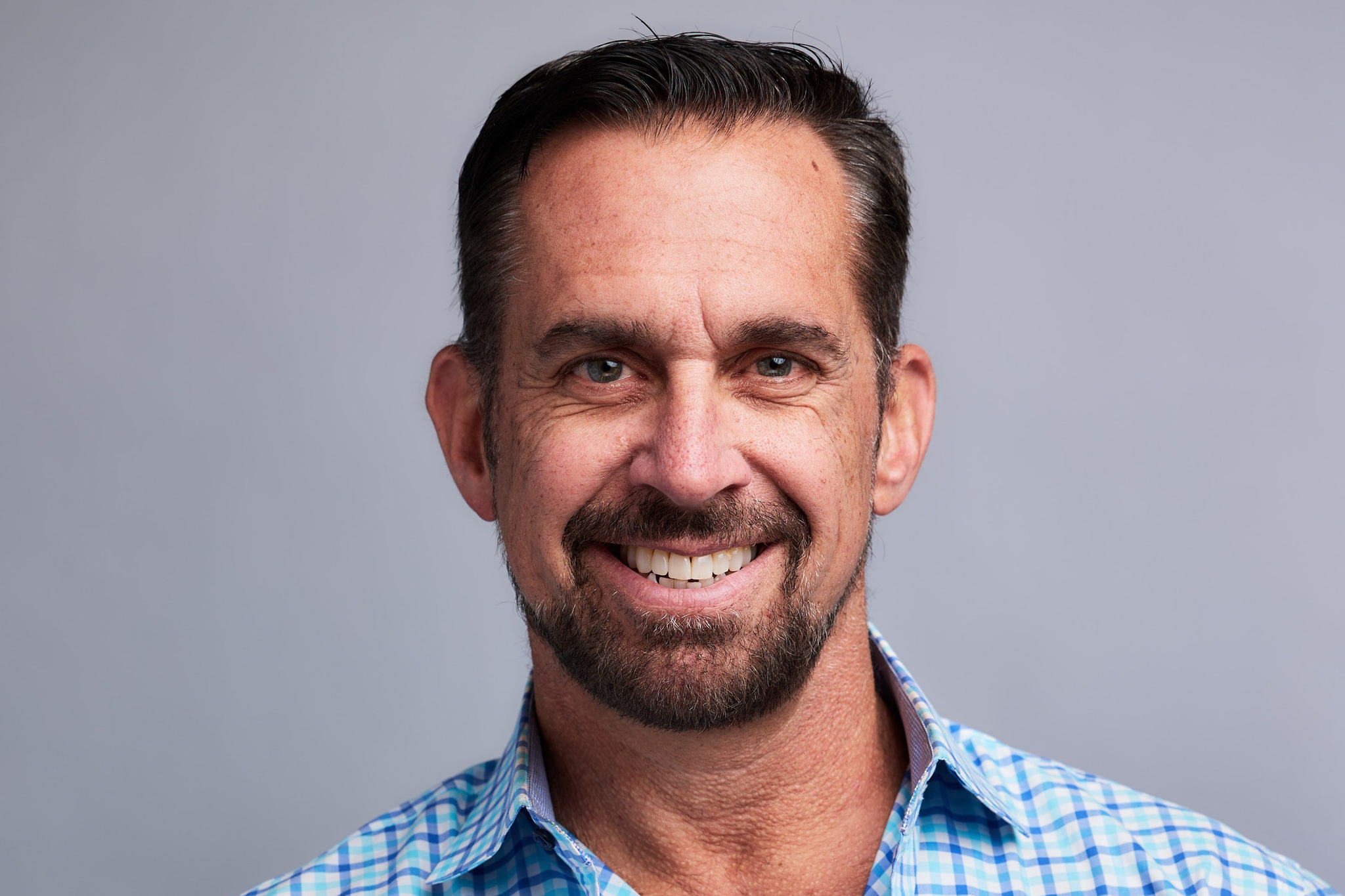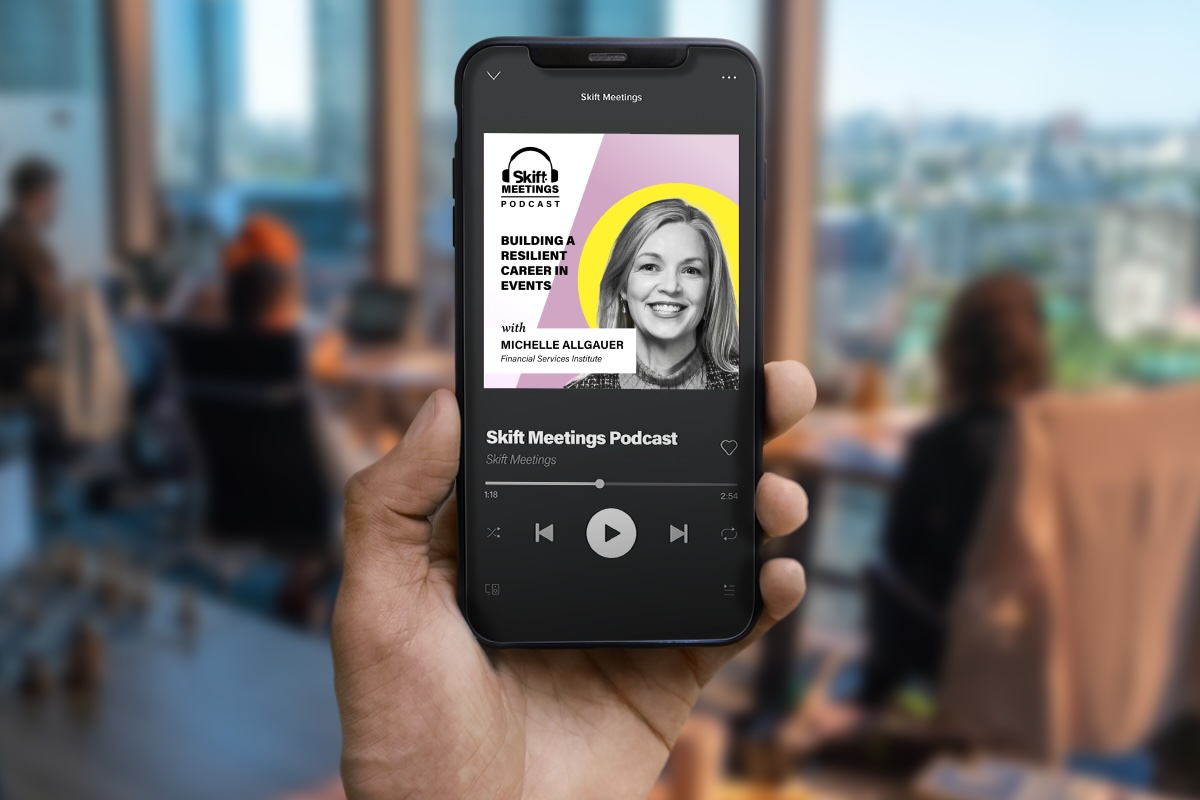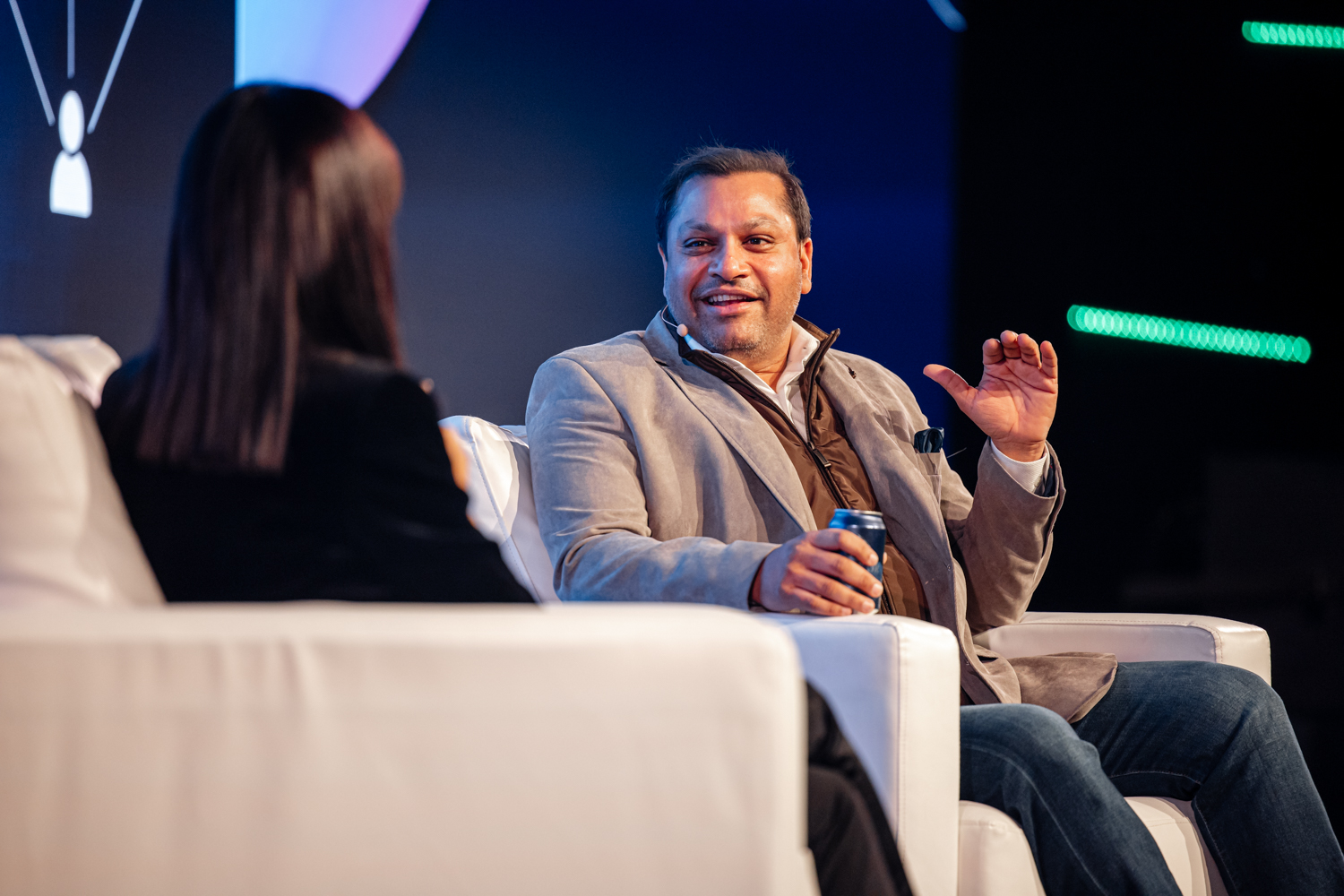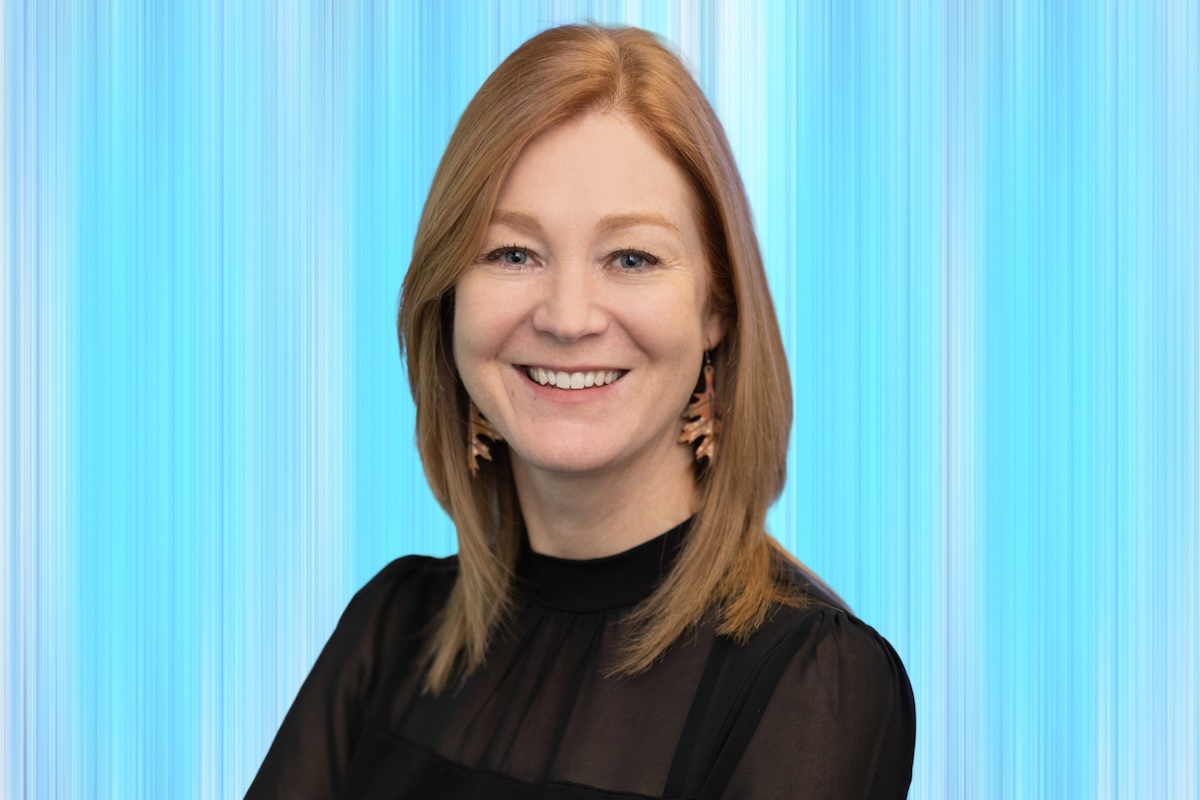Fashion shows are different to other events in several ways; they are fast-paced live productions that usually last no more than 18 minutes and there are many creative people (read egos) involved in the production which requires a delicate touch.
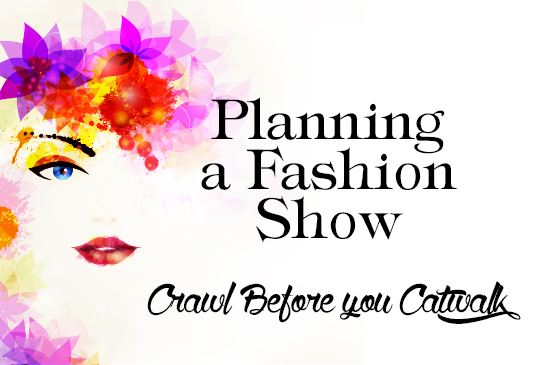
Fashion shows can take months of planning (depending on the venue, the designer and other factors), because of many disparate elements and personalities involved, there is a high probability of error, drama, meltdown or worse. Finally, on a good note, catering is not usually a line item. With all this in mind, I can offer five essential components that will ensure a low level of drama and a high level of success.
Respect the Designer’s Vision
Remember from the start, a fashion show is an event to highlight the designer’s vision and genius. There is only one ego in the room and that is the designer’s. Everyone else can check it at the door! Creating sometimes 3 collections (or more in the case of Lagerfeld) every season is a monumental task that is exhausting, exhilarating and expensive.
It is understandable that a designer wants the best scenario in which to present his or her work and it’s your job to create that. So do some research and know the designer’s work prior to meeting, look at past fashion shows to see if there is a theme, a preferred style in lighting, music, décor. Pay attention to what model types the designer favors. All of this, even though it may change from show to show, will help you make an informed and effective presentation to the designer and his or her team.
Know Fashion History
You have to love fashion to produce fashion shows. I don’t have to love cars to do an event for Mercedes, or Cornflakes to do an event for Kelloggs, but fashion is another story. It’s important to know the names of major players, editors, photographers, hair stylists, makeup artists, models, other designers (although you only whisper those names backstage!). It’s essential to understand trends, color, fabrics and fit and cut.
There is an entire language around fashion and some of it changes by the second – especially with the prevalence of social media, so it’s best to bone up on fashion history and know the difference between an A-line and an appliqué.
The Importance of PR and Marketing
It is most likely, early in the game, that you will be contacted by a public relations or marketing person before you even meet the designer. It is the job of the marketing firm to hire event professionals.
They will be looking for someone who has experience, has passion and thinks creatively, who understands and loves fashion, knows the designer’s work and why he or she is important, someone who is an expert at organization, timing and staying on budget. An event professional with impeccable references, a first-rate team and who understands the complexities of live show production.
Models’ Agents are your Best Friends
If you’re just starting out in the fashion show business, it’s unlikely that you will get the opportunity to produce a show for a major designer or fashion house – say Prada, Marc Jacobs, Lanvin, Chanel, Givenchy or St. Laurent. Those designers have people they’ve worked with for years and who know exactly what they do and do not like. Plus, the stakes are too high for a neophyte producer. The cost of producing a couture show can run into the millions – witness any of McQueen, Galiano or Chanels’ extravaganzas.
If you’re fortunate enough to produce a show for a small design house or new designer, the production, although smaller, has all of the same elements and needs just as much attention and expertise. You won’t be using Giselle or Karlie or any of those girls because you simply can’t afford them. But you will need models, and that is why agents are your best friends.
They need to market their girls, many of whom are just starting out in the business and need experience and photos for their portfolios, so it’s a win-win situation. Many times I’ve used gorgeous young women from top agencies for as little as $300 a day. The relationship between fashion show producer and model agent is a beautiful thing.
Organize Like Never Before
Get organized! If you think you’ve got it together, you’re wrong. Fashion shows are events on steroids. Hire excellent people to work with you – people who are ready to work hard, keep their opinions to themselves, stay quiet, calm and collected. As the producer, it is your job to delegate, to orchestrate, to assign specific items and tasks to staff members best suited to complete them efficiently, with deadlines and progress reports.
You have to juggle apples, oranges and eggs all at once – corralling staff and keeping everyone motivated and focused, meeting with your client who is in most cases the marketing or public relations firm who hired you, staying in contact with the designer’s team for updates, changes and additional requests from the designer, and keeping everyone informed all along the way so that there is a seamless, cohesive creative vision with the goal at all times being … back to number one… respecting the designer’s vision.
In Conclusion
These are some of the first steps in fashion show production – things that will help you by knowing what to expect in those important first meetings. My golden rule is: Listen More, Say Less. But, know your stuff and be ready to answer questions enthusiastically with fresh and insightful ideas. The fashion industry is a creative industry and as such, respects the artistic vision.
After every fashion show, riding high on the thrill, I say to myself, this is why I became an event producer!
Now you’ve learned to (cat) walk, get running with: 200 Event Ideas to Steal Today

